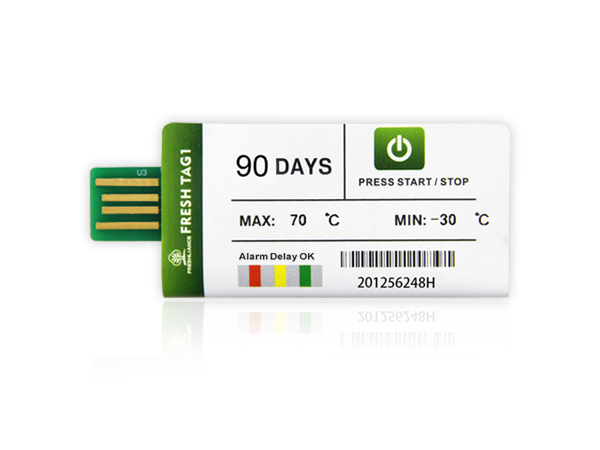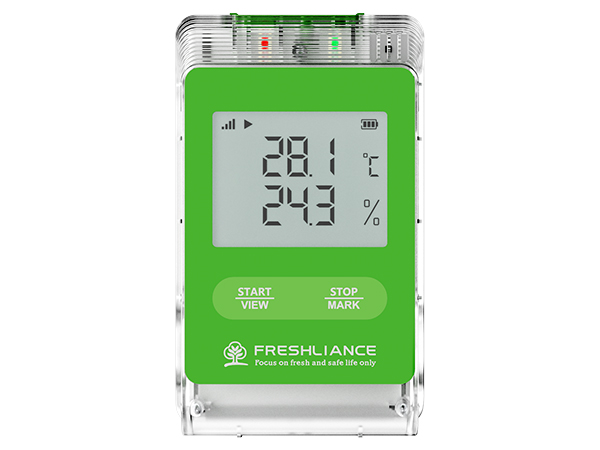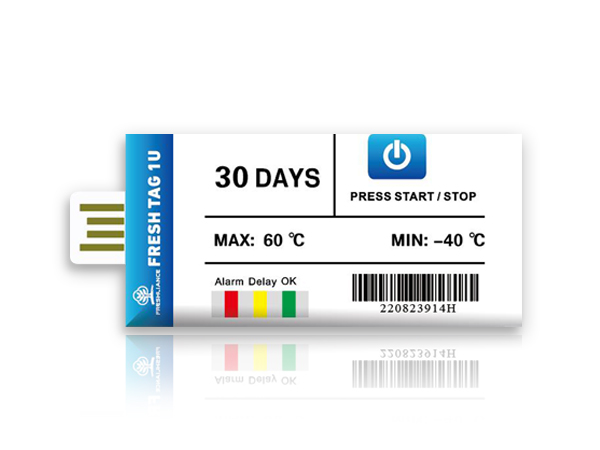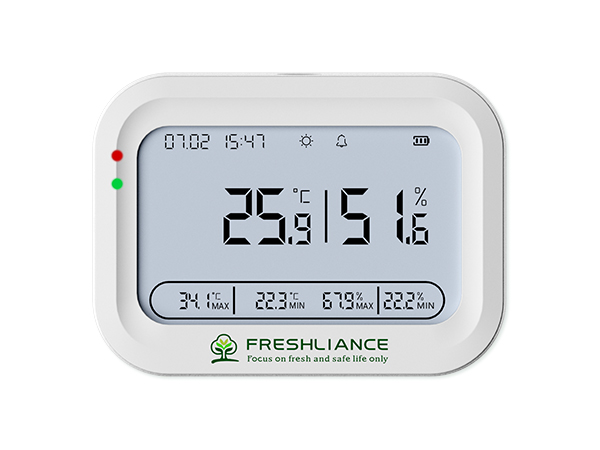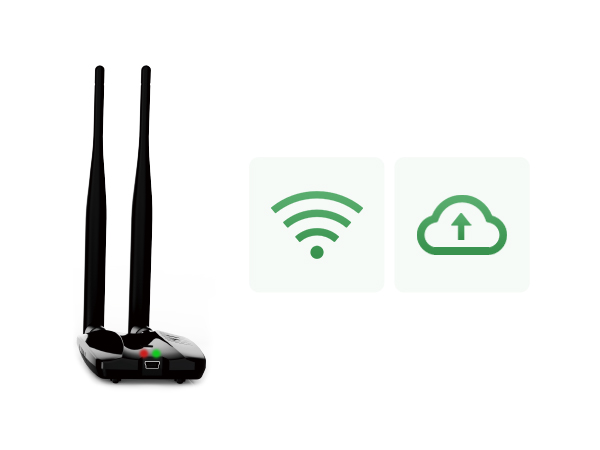The olives must be matured away from the air to promote anaerobic processes. Olives must therefore be placed in containers 1 with air-tight walls. These containers must contain at least 350 kg of olives (e.g. opaque-walled palox). Larger containers may be used. Olives should preferably be at least 8°C when put into containers. If they are too cold, fermentations start more difficult. Containers should promote anaerobic fermentations. A total sealing is not necessary, but increases the safety especially for slow fermentations starting at low temperature. A large height of olives favours anaerobic conditions, and does not necessarily require a waterproof closure.
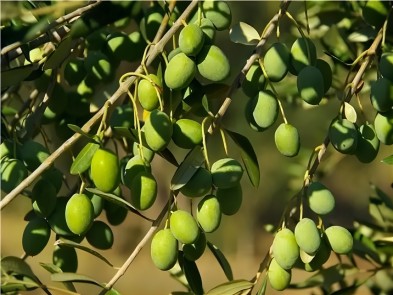
Monitoring the temperature changes ensures that the fermentation is controlled. The temperature logger makes it possible to record daily temperatures and to decide to implement crushing. For each lot, temperatures must be recorded and referenced to enable traceability of maturation data. With the TagPlus-TH data logger, the temperature can be taken in the heart of the volume in fermentation and noted as the PDF/CSV report with the date.
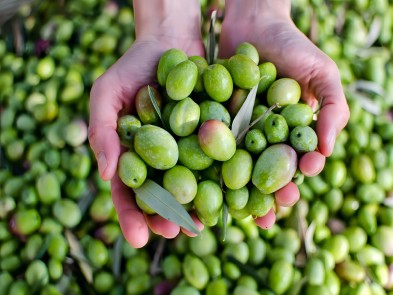
The transport of olives is not seasonal and can be done anytime of the year. Usually, the peak freight turnover in the segment falls in the fall. Olives are not particularly sensitive to temperature variations, however, the lowering of the air temperature below zero degrees Celsius, characteristic of autumn, leads to the loss of the product and prevents its further use. During the cold season, the transport of olives requires suitable temperatures. The transport used for the transport of olives must meet certain conditions: be dry, cool and ventilated.
The conditions of transport of olives include specific requirements and methods of their use. It is forbidden to use warehouse material which could damage the loading box. The specific mode for loading and unloading work is determined in case of unfavorable weather conditions (cold, high humidity). A major requirement for the transport of olives is the attachment of the load to the vehicle. Containers with the product are mounted in a manner that eliminates movement or slippage during delivery. Proper attachment prevents loss of volume, deterioration of load or deformation of olive containers.
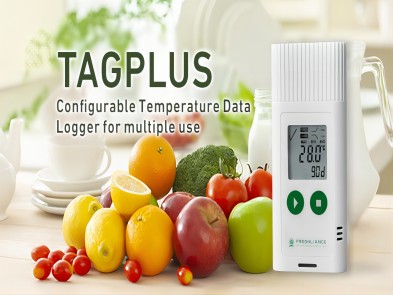
TagPlus-TH is a reusable temperature and humidity data logger with LCD display for easy viewing of temperature data. In this device, the parameters can be set by a professional user before use.
The complete trip history is recorded and downloaded in the form of numerical reports with summary data, graphs and tables. The report can be accessed directly from your computer. The temporary mode allows the thermometer to continue to operate after users have generated and read the temporary report. This is the ideal choice for monitoring and recording variations in temperature and humidity of olives during transport.

 English
English Español
Español Русский
Русский Français
Français Deutsch
Deutsch عربي
عربي 中文
中文